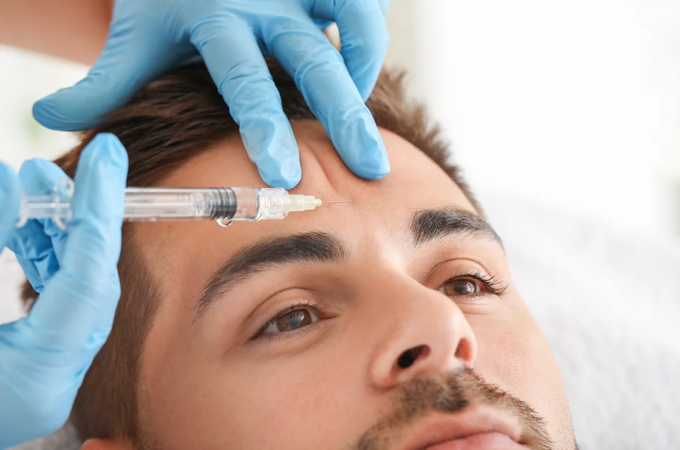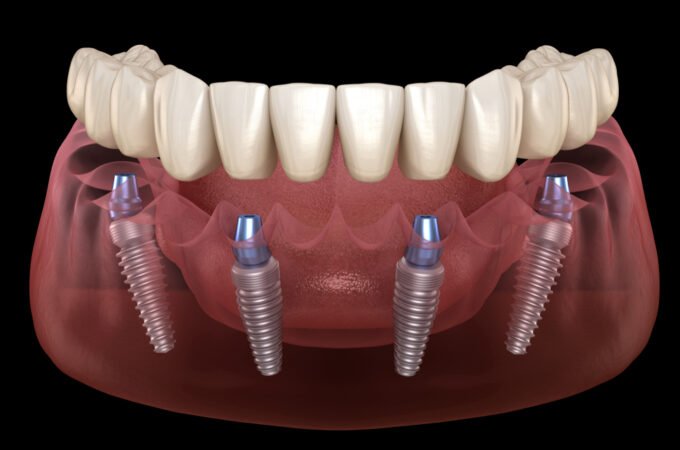
Common Age Related Eye Diseases
It seems to be a given that as we get older our vision is going to deteriorate. In fact, by the age of 65, at least one in three Americans will suffer from some type of vision-impairing condition. That is why it is so vital to understand the symptoms of some of these conditions in the hopes of protecting the vision of your loved ones for as long as possible.
An All Too Common Age Related Eye Disease: Glaucoma

The condition of glaucoma stems from pressure in the eye elevating. This can result in damage to the optic nerve. After this happens there’s a chance of vision impairment or total blindness.
The troubling part of glaucoma is that it very rarely presents any symptoms at its inception. Estimates suggest that there might be 1 million people in the United States who have glaucoma. Most do not know they have the condition until it is too late to slow the progression.
While initial symptoms may be hard to spot, a common symptom that occurs at the inception of the disease is a deterioration of peripheral vision. When this occurs, if the condition is left untreated, it can get much worse rapidly.
A general first step in treating glaucoma is medication. This can come in the form of either eye drops or in pill form. For some, medication alone is not enough, and at that point surgery needs consideration.
A trabeculoplasty is a procedure that can occur in a doctor’s office. This procedure uses a laser to help improve fluid flow out of the eye. The result is less pressure in the eye and thereby a lessening of symptoms.
There’s also a more conventional surgical procedure called a trabeculectomy. In the surgery, a doctor will create a new path for drainage under the eyelid. Advanced age and a history of glaucoma in your family are generally the biggest risk factors for this disease. Also those who have diabetes are as much as twice as likely to develop glaucoma, so marginalized groups are especially at risk.
Macular Degeneration
A disease known as macular degeneration affects more than 10 million Americans. As the name implies this disease damages the Macular which is at the center of our retina. The Macular is responsible for both our color vision as well as our straight-ahead vision.
As this disease progresses it can cause wavy vision, blurred vision, and eventually will lead to straight-ahead vision loss. There is, unfortunately, no known cure for this disease but maintaining a healthy lifestyle and protecting your eyes from UV rays are ways to combat this disease. If a senior in your life has gone blind due to macular degeneration, there are state programs designed to offer assistance to newly blind seniors.
Cataracts
Cataracts are when the eyes normally transparent lens begins to get cloudy. The problems exist when the protein that is present in the lens begins to clump together. When this happens, the clumps could start to obscure light transmission through the lens.
People who suffer from cataracts will often complain about double vision in one of their eyes or seeing halos around lights at nighttime. It can also lead to fuzzy vision, double vision, and increased sensitivity to glare. There is no medication that will treat cataracts and as such the only remedy is via surgery. Luckily, because cataract surgery is fairly common, the chance of improvement is high.
Women are at a slightly higher risk of getting cataracts than men. It is also known that people who smoke, those that do not practice good sun protection for their eyes, and have a family history of cataracts are more likely to suffer from this condition.
Detached Retina

As the name implies, a detached retina is when the retina separates itself from its support point at the back of the eye. As we age the fluid in the center of our eye begins to change in texture and shrink. Ask this happens there is a greater chance for the Retina to become detached.
While there is no pain associated with this detachment, the longer this condition goes untreated the greater the likelihood of permanent vision loss. Warning signs of this condition include floating and flashing objects, diminishing vision, or the sense of a constant shadow lowering over your eyes.
Common Age-Related Eye Diseases All Need Good Preventative Care
While only some of the above conditions respond to treatment, all can benefit from regular quality vision care. That’s why a comprehensive eye exam should occur at a minimum of every two years and preferably on a yearly basis for those 65 and older. Depending on whether or not you have Medicaid or Medicare, or a supplemental plan, your eye health may be fully covered. If you haven’t been to the eye doctor in some time it’s worth looking into your insurance plan and getting an appointment scheduled as soon as possible.




